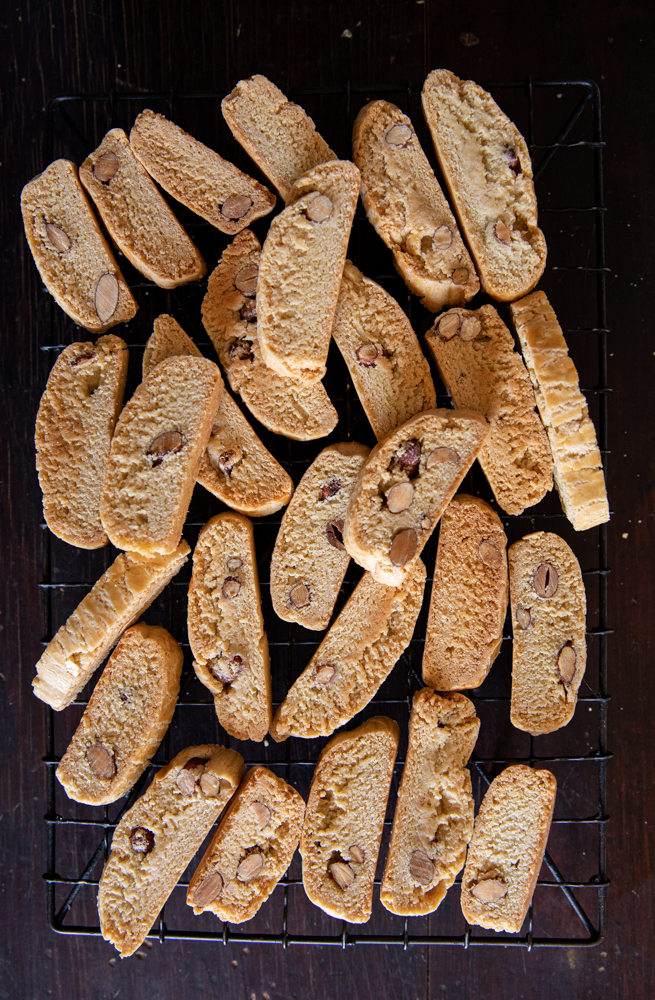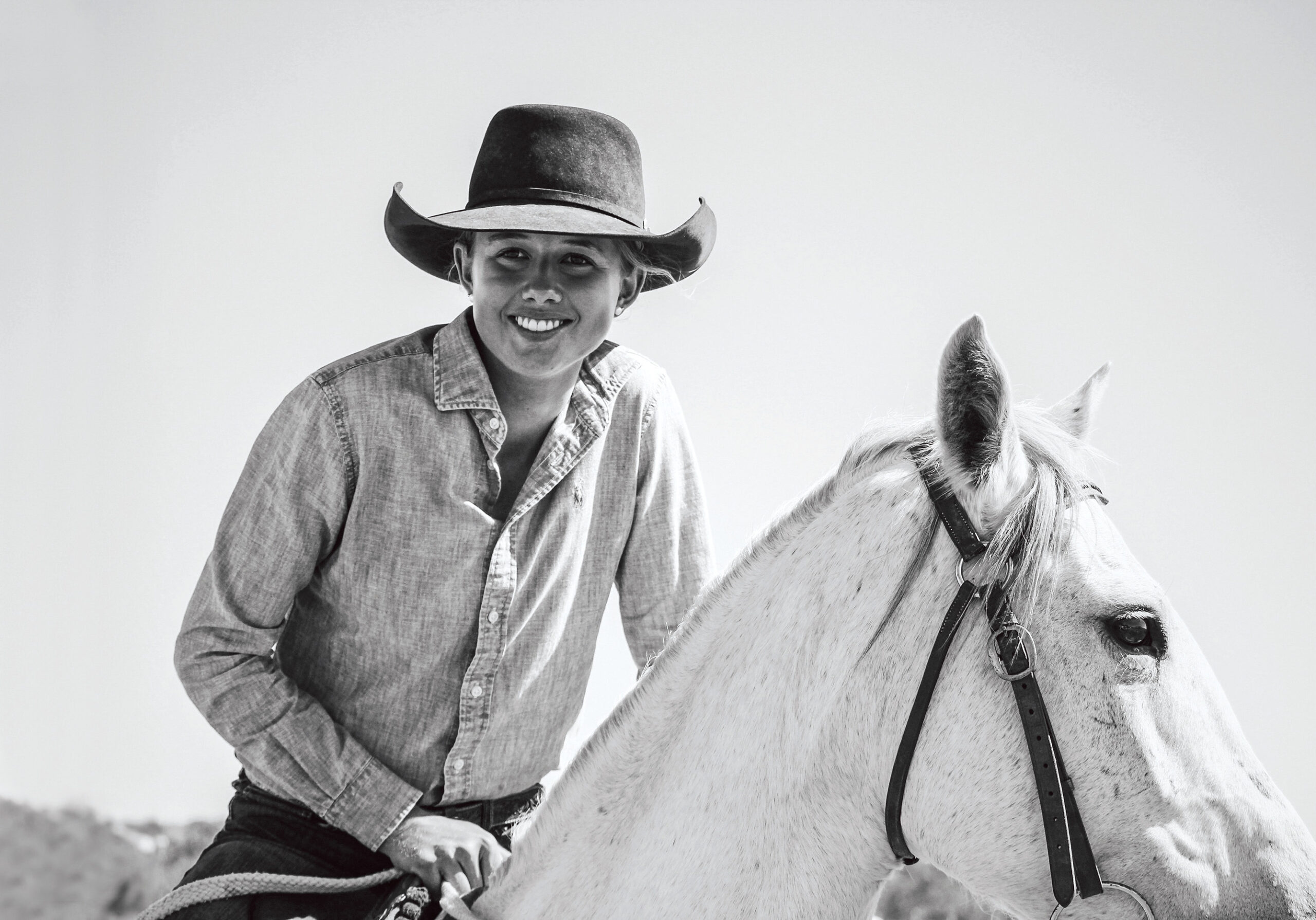Sign up to our mailing list for the best stories delivered to your inbox.
The Shady Baker celebrates this year’s bountiful olive harvest with recipes highlighting both the oil and the fruit.
WORDS AND PHOTOGRAPHY JANE SMITH


Many years ago, when my husband Terry and I had just taken over our property, we decided to plant olive trees around our sheep yards. Local friends, Colin and Paula Clare, had an olive tree nursery and they gave us the confidence and support to get started. Later, the grove spread to the boundary of our house paddock, garden and shearers’ quarters. The original idea was to provide shade, shelter and a windbreak for our sheep. As we planted young sticks into the dry earth, a bountiful harvest seemed a very long way off.
The years passed, seasons were both good and bad, we became a family of four and those thin sticks steadily became big, strong trees. There was trial and error with tree guards, pruning and irrigation systems. After harvesting our early crops, we attempted pickling and preserving. Some attempts were more successful than others.
The Shady Baker chats to Graziher’s Life on the Land podcast about her life on a sheep station east of Broken Hill and her love of cooking for her family. Article continues below.
In 2007 we joined the Broken Hill Gourmet Products co-op. This group of enthusiastic locals coordinates the harvesting of local heritage olive trees, manages an olive grove in Broken Hill and produces and markets olive oil. This was our starting point for pressing our own olive oil.
We now have around 300 mature olive trees on our property, comprising a number of different varieties. In autumn this year we harvested 1200 kilograms of fruit and produced 150 litres of oil. Some of this oil has been contributed to the co-op, and the rest will be used in liberal amounts in our kitchen. It has become a yearly tradition to test the freshly pressed oil on chunks of warm bread as soon as we receive it.
Each season the taste, smell and colour of the oil changes, depending on the variables of the season.
Harvesting olives involves machinery that loosens the fruit from the trees, while big green mats are laid out to catch the olives as they fall. There is a lot of heavy lifting as the crates of olives are stacked up before they are transported to the oil press in Broken Hill. Harvest day usually involves lunch or morning tea with our picking crew, as a way to show our appreciation for their efforts.
Our grove softens the landscape on what would otherwise be a bare, windswept hill. The trees provide shade for stock, people, sheep dogs and cars, which is a welcome relief in the summer heat. Over the years we have hosted a long lunch near the trees, various barbecues and, more recently, a wedding reception, where guests mingled under fairy light–laden limbs.
The trees have rewarded us with so much more than oil and olives: they have become part of our landscape and our lives, connecting us with people in our community in a way we could not have imagined when we started planting all those years ago. Our hope is that the grove will continue to be used and appreciated by future generations.

OLIVE OIL CAKE
Serves 10–12
Cake
3 eggs
1 cup (220g) caster sugar
¾ cup (180ml) olive oil
¾ cup (180ml) milk
2 cups (300g) self-raising flour
Lemon Glaze
1 cup (125g) icing sugar
2-3 tablespoons fresh lemon juice
1. Preheat the oven to 180°C. Grease a 25cm diameter springform cake tin and line the base and side with baking paper. Set aside.
2. Put the eggs and sugar in a mixing bowl and beat by hand or with electric beaters until fluffy and combined.
3. Add alternate small amounts of oil and milk and continue beating until all the liquid is added and the mixture is well combined.
4. Gently fold in the flour using a wooden or large metal spoon.
5. Pour the batter into the cake tin. Bake for 35-40 minutes or until a skewer inserted into the centre of the cake comes out clean.
6. Remove the cake from the oven and set aside to cool for 20 minutes in the tin. Carefully release the tin and allow the cake to cool completely on a wire rack.
7. In a mixing bowl, combine icing sugar and lemon juice. Whisk until smooth and pourable, adding a little more sugar or juice if necessary. Pour evenly over the top: the glaze will soak into the surface of the cake.
TAPENADE
Makes about 1½ cups
2 garlic cloves
Juice of 1 lemon
3 tablespoons capers
3 anchovy fillets (about 10g)
250g pitted black olives
Small bunch fresh parsley
2-3 tablespoons olive oil
Freshly ground black pepper
1. Put the garlic, lemon juice, capers and anchovies into a food processor and process until finely chopped.
2. Add the olives and parsley and process just until combined. With the processor still running, gradually drizzle in the olive oil until you get the desired consistency.
3. Season with freshly ground black pepper to taste. Serve with crackers, breadsticks or fresh bread or use it as a pizza topping. It can also be stirred through freshly cooked pasta.


OLIVE OIL BREADSTICKS
Makes 30
5 cups (750g) bread flour
1⅔ cups (410ml) water, at room temperature
7g sachet instant dry yeast
1 teaspoon sugar
1/3 cup (80ml) olive oil
2½ teaspoons salt
1 tablespoon sea salt flakes
1. Combine all ingredients except for the sea salt flakes in a large bowl. Mix until a rough dough is formed, then turn it out onto a clean work surface and knead for around 5–7 minutes. The dough should be smooth and slightly elastic. Return dough to the bowl, cover, and let the dough stand at room temperature for 8-10 hours or overnight to prove (rise).
2. Preheat the oven to 220°C. Line 2 baking trays with baking paper. Set aside.
3. Gently push the dough down, then set aside to rest for 10 minutes.
4. On a clean work surface, divide the dough into 30 small pieces, around 40g each. Using the palms of your hands, roll each piece into a thin sausage shape about 40cm in length. Roll from the middle of the piece, trying to keep the thickness even. Gently stretch the dough from each end as you roll it. The dough should be oily enough not to stick, but if it does, spray the work surface very lightly with cooking oil spray.
5. Lay the strands 3cm apart on lined trays. Bake for 10–15 minutes or until golden. Remove from the oven and cool on wire racks. Sprinkle with the sea salt flakes. Serve with a thick tapenade dip, soft cheese or dipped in your favourite extra-virgin olive oil.
BISCOTTI
Makes 30
½ cup (80g) whole almonds
2½ cups (375g) plain flour
1 teaspoon baking powder
½ teaspoon salt
½ cup (125ml) olive oil
1 cup (220g) caster sugar
2 eggs, plus 1 egg, extra, lightly beaten for brushing
Finely grated zest of 2 lemons
1. Preheat the oven to 180°C. Line 2 baking trays with baking paper. Set aside.
2. Combine the almonds, flour, baking powder and salt in a medium bowl and mix well.
3. In a large bowl, whisk the oil, sugar, eggs and lemon zest until thick and glossy.
4. Gradually add the flour mixture to the oil mixture until it forms a sticky dough.
5. Halve the dough and place the pieces on the baking trays, using your hands to shape them into rectangular log shapes about 5cm wide and 2cm high. Using a pastry brush, coat each log lightly with the extra beaten egg.
6. Bake for 15 minutes, then turn the trays and bake for a further 15 minutes. At this stage the logs should be firm and dry, slightly cracked on the surface, but not too brown.
7. Remove from the oven and transfer to a chopping board. Use a sharp bread knife to slice each log into 15 biscotti pieces, about 15mm thick. Lay the biscotti pieces flat on the baking trays, leaving a little room between each piece.
8. Reduce the oven to 120°C. Return trays to the oven. Bake for 8-10 minutes or until biscotti are light brown and crisp.
9. Remove from the oven and cool on a wire rack. Serve with coffee or liqueur.



Visit The Shady Baker website or find Jane on Instagram.
Subscribe to Graziher and never miss an issue of your favourite magazine! Already a subscriber? You can gift a subscription to someone special in your life.
To hear more extraordinary stories about women living in rural and regional Australia, listen to our podcast Life on the Land on Apple Podcasts, Spotify and all major podcast platforms.

The Kalkadoon women capture the colours of Queensland’s Gulf Country as co-owners of Cungelella Art.

Rozzie O’Reilly’s earliest memories are of helping her mum on the farm.

After moving to Yass in 2011, Jodi thought it would be simple to pick up a pure merino wool jumper to keep out the chill.

As photographer and emergency nurse Jen Hoskins puts it: “These are the days we’ll be sitting around talking about in 80 years.”

Now managing Bundilla Poll Merino stud, Jill Baldwin has spent her life working sheep, leading industry progression and quietly inspiring a new generation of women in agriculture.